The Art of Becoming — Redefining Beauty as Looking Healthy
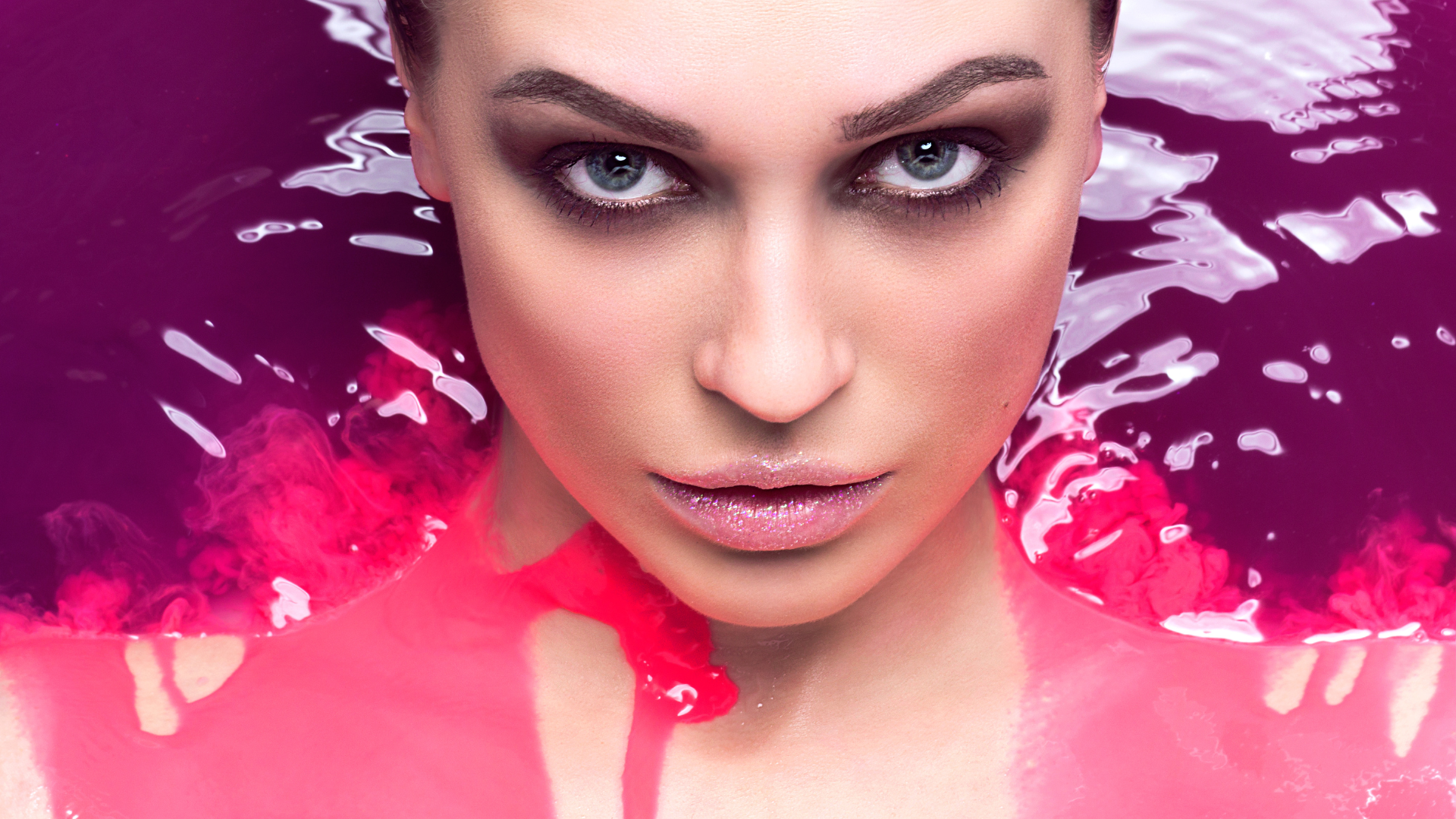
There was a time when beauty meant perfection — the polished cheekbones, the glass skin, the hourglass body, the impeccable illusion of control. The beauty ideal was something we pursued outside ourselves, sculpted in mirrors and photos, measured by how closely we matched the impossible. But that era is fading. Slowly, quietly, beautifully.
Today, a different kind of beauty is emerging — one that breathes, one that heals, one that does not hide behind filters. It’s the beauty of becoming rather than appearing. The new luxury, the new aspiration, is not to look perfect. It’s to look healthy.
The end of the perfect face
In the last three-four decades, the world has grown tired of perfection. We scroll through flawless faces and manicured lives, and instead of awe, we feel fatigue — a deep, unspoken exhaustion from the sameness of beauty that has forgotten its pulse. For too long, the beauty industry taught us to edit ourselves into silence, to sculpt out individuality until nothing raw or human was left.
As we enter period 9 in the Chinese calendar, the shift we see in beauty (the dominant force for the next almost 20 years) is the new trend we are facing: the slim become chubby, the super make up becomes natural and so on.
The mirror has changed. We no longer want to see flawlessness; we want to see aliveness.
We crave the glow that doesn’t come from a highlighter but from oxygen and rest. The sparkle that appears after deep sleep, good food, honest laughter. The confidence that grows from a quiet, healthy mind.
Beauty is no longer a face we paint; it’s a state we cultivate. It’s not a performance — it’s presence.
For decades, we were taught that beauty meant control — the sculpted cheekbones, the curated glow, the artifice of perfection. The beauty ideal was a destination, something achieved through effort, product, or procedure.
But that era is dissolving. Slowly, gracefully.
We are awakening to a truth that feels revolutionary in its simplicity: beauty is not how we appear; it’s how we are. We are awakening, collectively, to a more radical proposition: beauty is not how we appear; it is how we live.
Perfection, once aspirational, now feels empty — a repetition of sameness that lacks humanity.
What draws us today are faces that breathe, that tell stories, that hold emotion.
“The new luxury is not to look perfect. It’s to look healthy.”
It is time to a return to aliveness.
The exhaustion felt by many today is not just fatigue of the body, but weariness of the image — the endless editing, the pressure to upgrade, the sense that when the filter is off, we are incomplete.
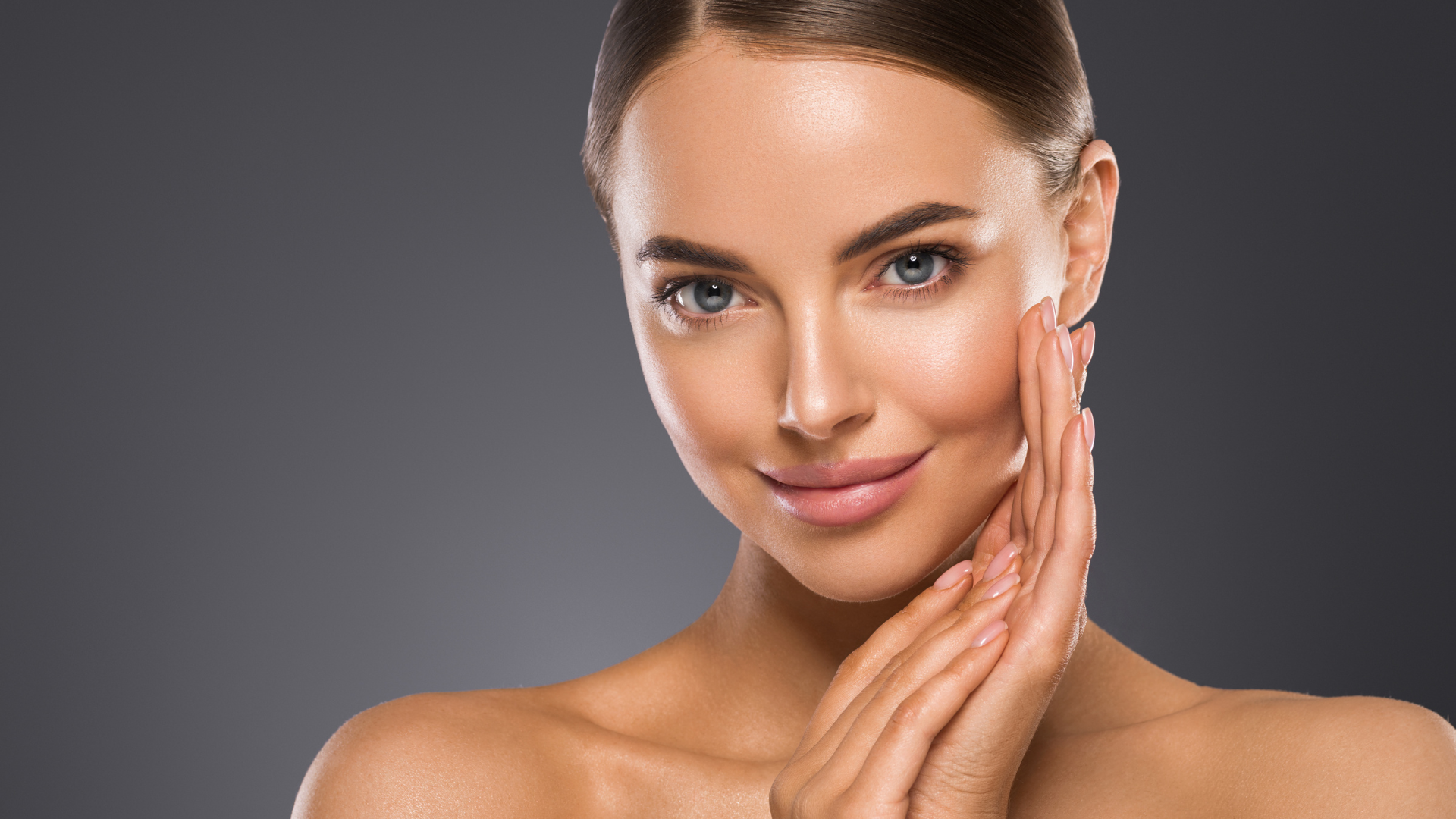
From polished to alive
This shift didn’t happen overnight. It began as a whisper among women who were tired of chasing an ever-receding ideal. It spread through conversations about burnout, anxiety, and the cost of being “always on.” It grew in the language of wellness — of recovery, not achievement.
Perfection, we realized, was a dead end. It left no room for breath.
We began to crave something real — the kind of glow that can’t be bottled, only nurtured. The kind of radiance that comes when the body feels safe, when sleep becomes sacred again, when we allow ourselves to rest instead of performing resilience.
There is a new kind of magnetism emerging — quiet, grounded, and deeply sensual. It’s the magnetism of health. We all feel it and search for it.
In a world oversaturated by image, the most seductive thing a person can do is to be well.
Not to look fixed or frozen — but to look alive.
Because health has its own language. It speaks in the rhythm of your breath, the softness of your skin, the ease in your posture. It speaks in calm eyes and energy that feels safe to be around.
The future of beauty glows — not from glitter, but from good sleep, oxygen, movement, and peace. A beauty that doesn’t demand to be admired, but felt.
We crave skin that looks oxygenated, not photoshopped. We crave energy, presence, vitality — not performance.
In a world saturated by image, the rarest thing is someone who looks alive.
That kind of beauty can’t be manufactured; it’s cellular, rhythmic, deeply human. This is not the glow of vanity; it’s the light of wellbeing. The quiet confidence of someone whose energy is in harmony with their body.
“The future of beauty glows — not from glitter, but from good sleep, oxygen, movement, and peace.”
This is not a surface trend, but a spiritual shift. We have grown tired of performance. We no longer want made up beauty — we want made whole. Because health has its own lexicon — in the softness of your skin, in the clarity of your gaze, in the peace of your presence.
This is the beauty we promote beyond!
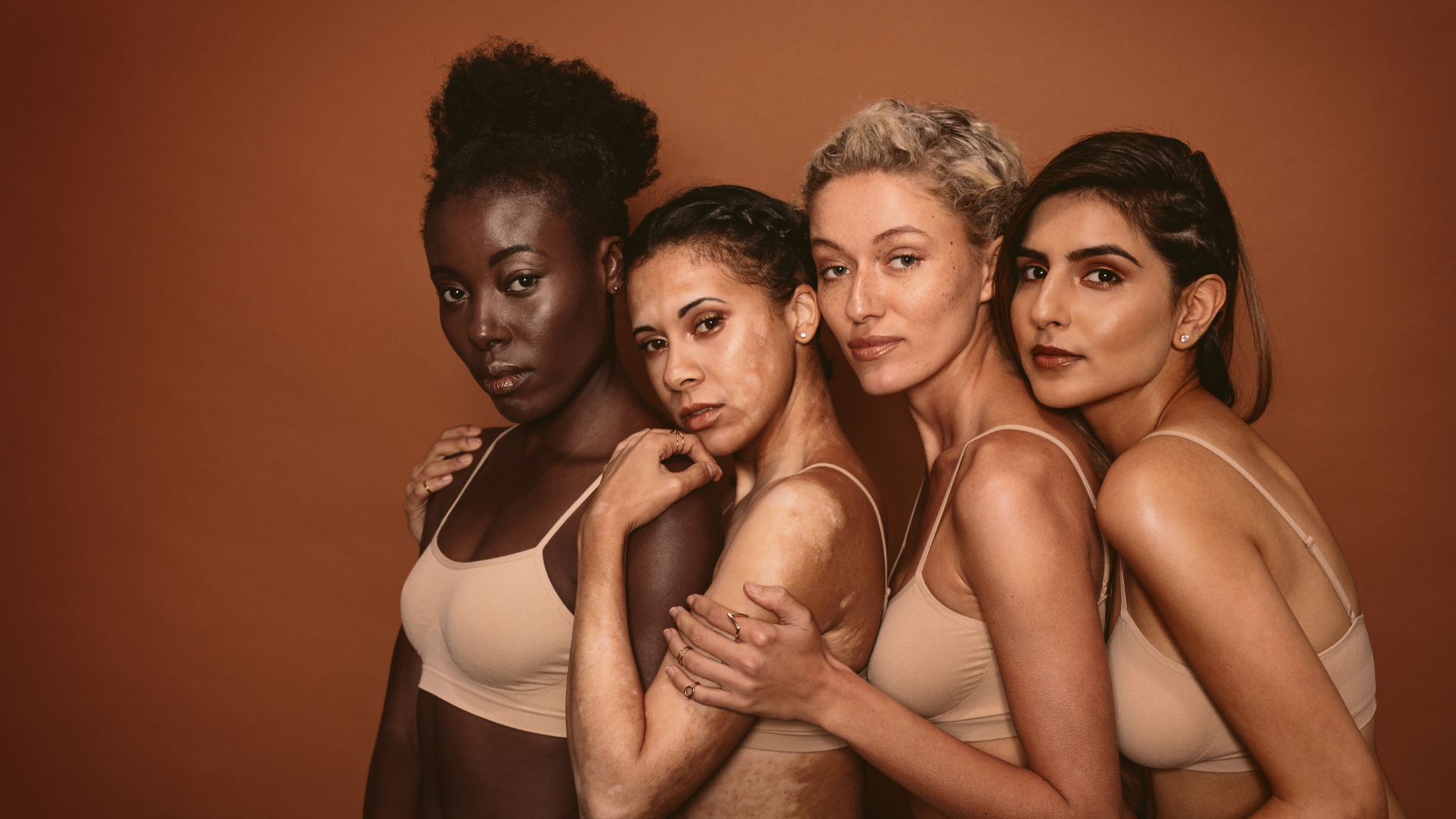
The art of becoming
Beauty, in its truest form, is not static. It’s the art of becoming — a living expression of change.
It mirrors the natural world, which never holds one form for too long. Trees shed leaves, tides retreat and return, faces evolve. We were never meant to remain fixed. It’s the time to go back to nature, to essence and to live the way we meant to live.
The healthiest people are those who adapt, regenerate, and evolve. They live cyclically, not mechanically. Their beauty flows in rhythm with their wellbeing and age.
When we speak of becoming, we speak of a beauty that expands and contracts with life itself — a beauty that embraces the scars, the laughter lines, the fatigue, the rebirth.
To look healthy is not just to look rested or toned; it’s to look in harmony with oneself. It’s to see in someone’s face the evidence of care — the kind that comes from within, not the kind that erases. We are most beautiful not when we are finished, but when we are evolving.
This is where beauty and wisdom meet: when you begin to understand that every act of self-care — every night you choose sleep over scrolling, water over caffeine, nourishment over numbness — is an act of becoming.
A beautiful body is not the one that never changes. It’s the one that evolves with grace, resilience, and curiosity. It is never static, never final. It moves, shifts, regenerates.
When you look at someone who appears well, you sense it immediately. Their skin has texture, their eyes clarity, their movements grace. It’s beauty informed by self-respect.
“Every act of self-care — every night you choose rest over rush — is an act of becoming.”
Beauty is not something we chase outside ourselves. It’s an unfolding within — a dialogue between body and mind, rhythm and rest, vitality and stillness.
Like anything in nature, beauty also, is not a fixed destination. It is a continuous unfolding — an art of becoming.
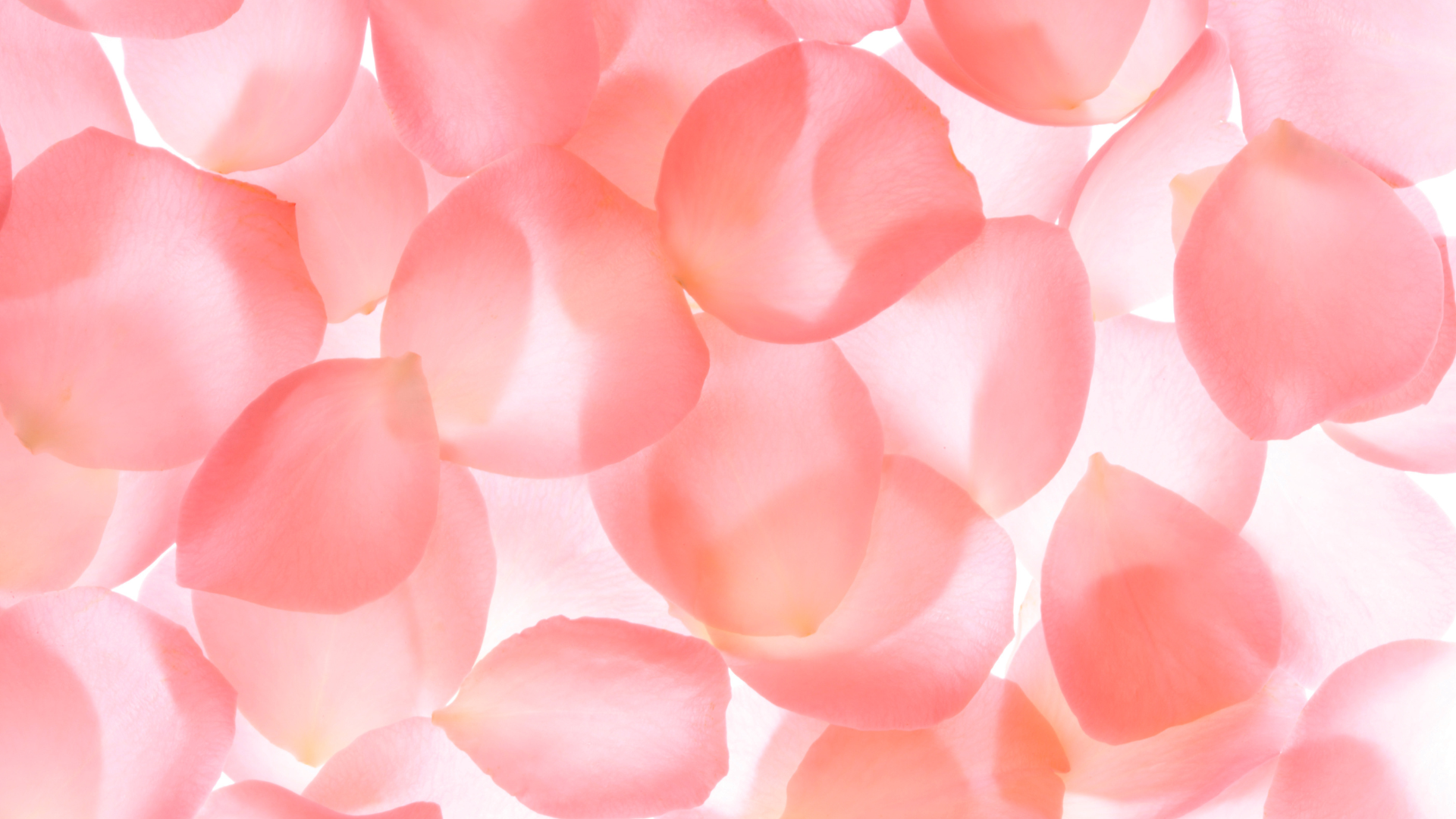
The biology of aesthetic truth
Science now confirms what intuition always knew: the healthiest habits are also the most beautifying ones. Health and beauty are not separate pursuits — they are one continuum.
Change your habits, change your life.
During deep sleep, the body performs cellular repair — collagen rebuilds, hormones balance, inflammation calms. This is not cosmetic; it’s biological elegance. The kind of radiance we chase through serums begins inside our circadian rhythm.
Food, too, carries aesthetic power. Nutrient-rich diets oxygenate the skin, calm the nervous system, and restore the natural glow of vitality. Movement floods the body with endorphins, reshapes posture, and reawakens presence.
Even breath — that simplest act — can transform the way we look. When we breathe deeply, our faces soften, our energy clears, our gaze steadies. Beauty, then, is not something we paint on. It’s something we exhale. Go back and study pranayama or the art of breathing from ancient India. That’s one of the secrets of healthy living. It’s no wonder that many diseases from this century are eradicated through breathing. China and India developed the guarantees techniques for these. India through pranayama and China through QiCong
To look healthy is to make visible what is happening inside. It’s the aesthetic of inner alignment, the mirror of biological truth.
Because the body remembers what the mind believes. When we live in stress, it shows. When we live in rhythm, it shines.
During sleep, the body performs miracles of repair. Collagen rebuilds. Hormones balance. Inflammation subsides. A rested face is not just aesthetic; it’s biological poetry.
Nutrition, too, is visible. Foods rich in antioxidants and minerals don’t just nourish organs — they illuminate skin, calm the nervous system, and elevate mood.
Even breath shapes beauty. Shallow breath hardens features; deep breath softens them. Posture transforms not only how we look, but how we’re perceived.
“Beauty is not something we paint on. It’s something we exhale.”
To look healthy is to make visible the harmony of inner systems — the body, the mind, the energy field. It’s the science of aesthetic truth: vitality translated into form.
Now, science is joining the whisper. The body speaks its beauty in biological harmony.
Sleep as the foundational glow
One of the clearest examples: poor sleep accelerates skin aging, impairs barrier function, and diminishes one’s own perception of attractiveness. In a study of healthy women, those with chronic poor sleep had higher transepidermal water loss, slower recovery of skin after injury, and worse clinical scores of intrinsic aging.
Sleep deprivation also disrupts hormones and inflammatory cytokines, weakening skin integrity and exacerbating conditions like eczema or psoriasis.
Further: late bedtime (versus early sleep hours) has been shown to damage skin barrier, reduce hydration, increase wrinkle formation, and even lower diversity of the facial microbiome.
As the Sleep–Skin Axis review puts it:
“Sleep disruptions or deprivation can significantly affect skin conditions, by compromising the skin barrier and impairing processes such as collagen production, cellular repair, and wound healing.”
In simpler terms: while we sleep, the body “glows inward” — repairing, regenerating, rebalancing. When we skip or rush it, the evidence shows — both internally and on the skin.
Nutrition: the architecture of radiance
Beauty is also built from what we ingest. The field of nutritional dermatology now confirms that whole-food, nutrient-dense diets correlate with better skin outcomes. Nutrition and a youthful skin are always correlated and always form a connection like a bond.
A review article states:
“A good dietary pattern (predominately whole foods) is associated with better skin health.”PMC
Moreover, a 2024 interventional study of 59 women found that intake of specific nutrients — vitamins E, C, B-complex, zinc, magnesium, dietary fiber — showed positive correlation with skin elasticity, firmness, and overall skin parameters.
Nutritional deficiencies have long been linked to skin disorders; diets rich in antioxidants, essential fatty acids, and phytonutrients support homeostasis and protect against photoaging.Taylor & Francis Online+2PMC+2
Thus, the food we eat is not a side accessory to beauty — it is the pigment, the scaffold, the light underneath.
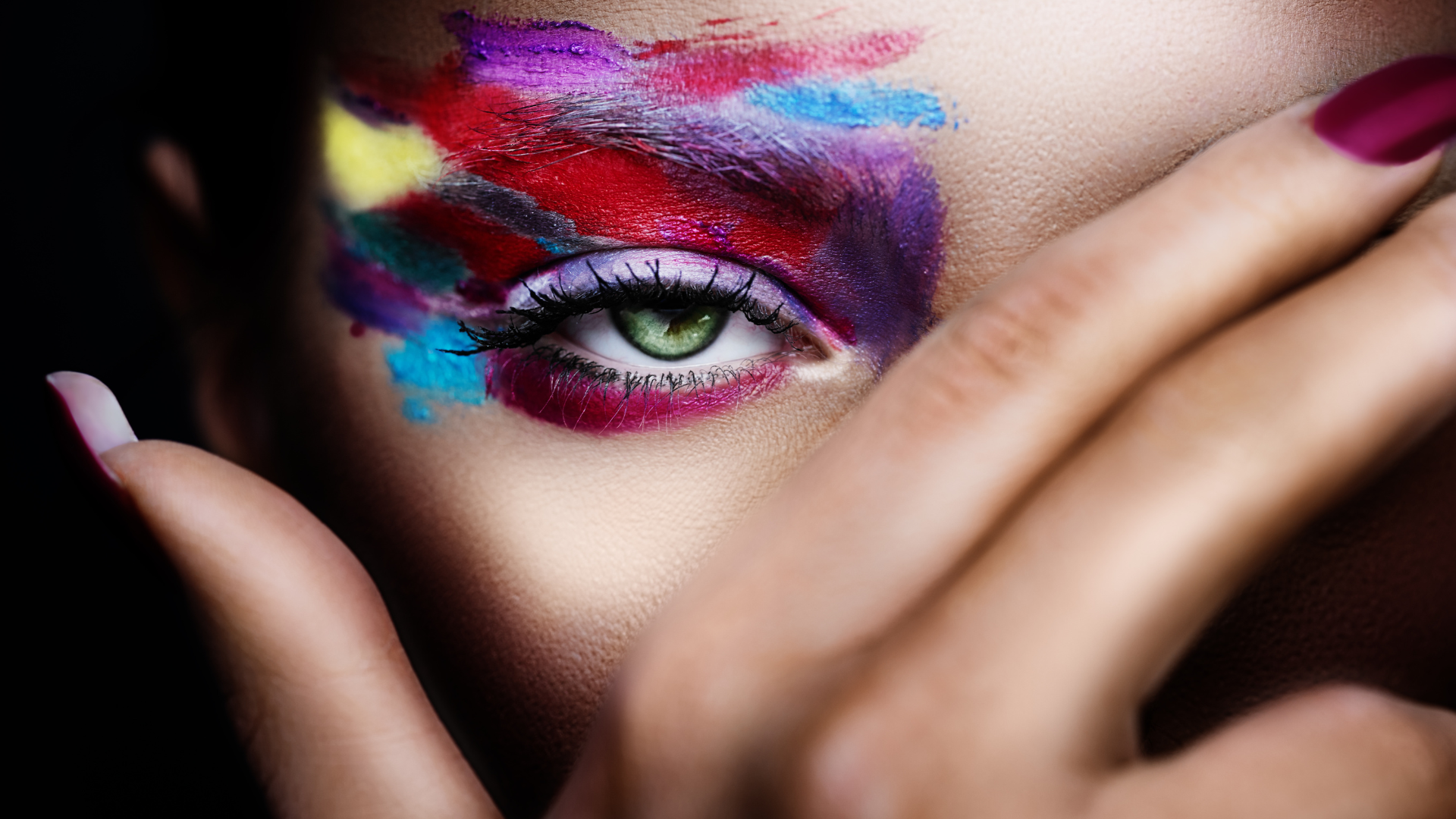
The quiet revolution of healthy beauty
We are in the midst of a new kind of revolution — subtle, sensory, and deeply intelligent. We are witnessing a revolution — but it is a quiet one. There are no loud slogans, no armies of influencers declaring victory. Just small, meaningful shifts: skincare evolving into sleepcare, beauty merging with science, fashion becoming functional.
We now wear fabrics that breathe, that soothe, that heal — clothing infused with minerals or botanicals that care for the body even as we rest. This is where the philosophy of becoming meets design — where beauty is not decoration but regeneration.
Sleeping is… coming soon.
The future of beauty is deeply sensual, but not in the way we once thought. It’s the sensuality of feeling alive in your own skin. The intimacy of clean sheets, deep rest, morning light.
Beauty brands that understand this are no longer selling “looks.” They are selling states of being. Because beauty without health is a façade. But health that radiates — that’s art.
When your skin breathes, when your energy feels fluid, when your eyes carry calm — that is the new luxury. The mirror of the future is not on your wall. It’s how you feel at dawn.
The next generation of beauty doesn’t stop at the skin.It begins in the nervous system. From botanical sleepwear that enhances regeneration to mineral-infused fabrics that calm the body through touch, we are witnessing a merging of science, sensuality, and sustainability.
This is the future of beauty: products that heal, not hide. Designs that serve biology, not ego.
“The mirror of the future is not on your wall — it’s how you feel at dawn.”
Brands that understand this shift are no longer selling surfaces. They are offering states of being.
The quiet revolution of healthy beauty is not about rebellion; it’s about return — a return to coherence, to listening, to living in tune with oneself.
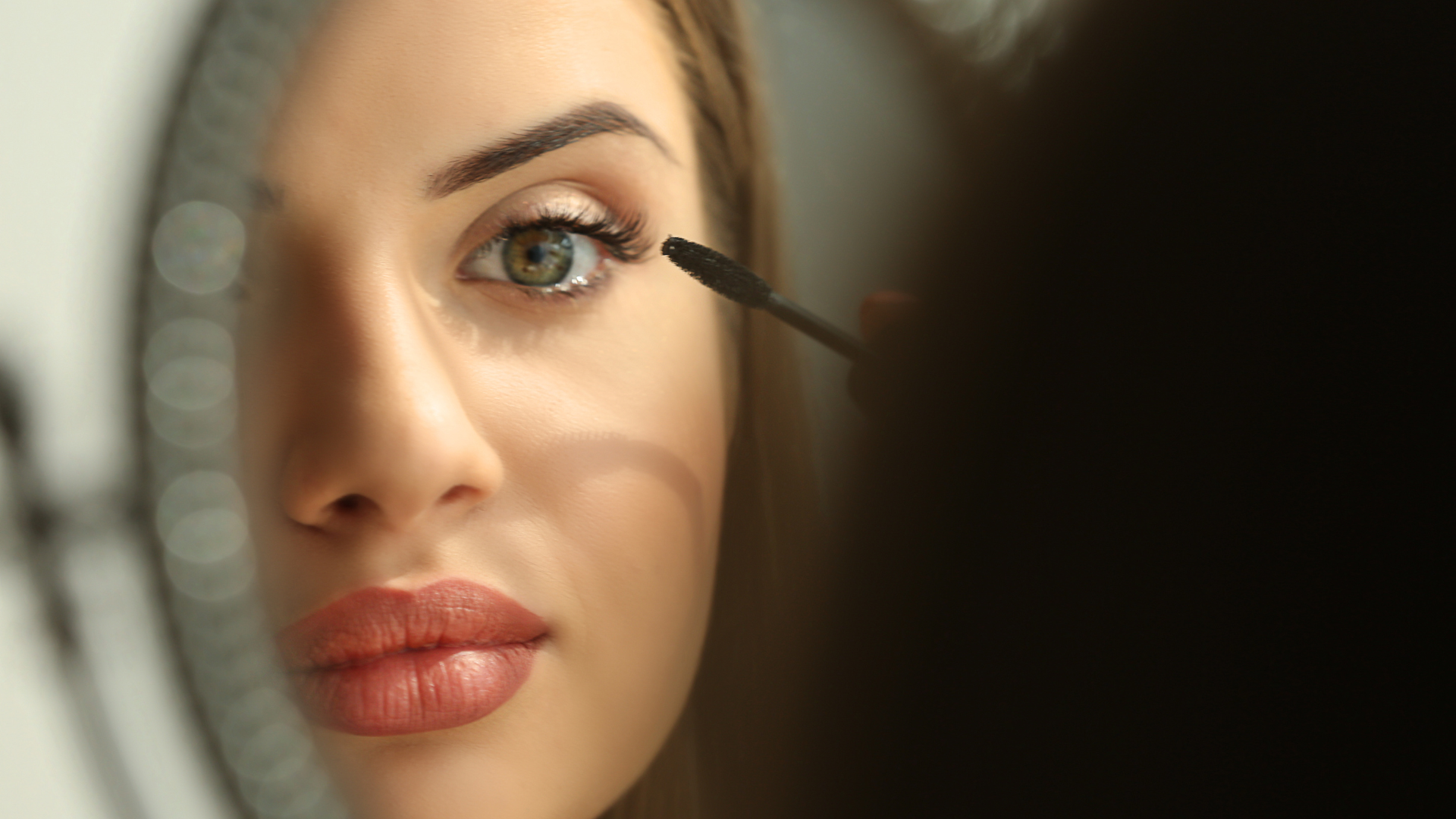
Health as the new aesthetic intelligence
We once associated beauty with taste, money, and access. But now, the highest aesthetic intelligence is self-awareness. This is the new currency.
It’s the knowledge of your body, your rhythms, your boundaries. It’s knowing when to push and when to rest, when to detox and when to indulge.
To look healthy is to be emotionally literate — to listen to what your body whispers before it screams. It’s the kind of intelligence that money cannot buy, because it’s learned through intimacy with oneself.
The people who embody this new beauty don’t chase glow — they earn it through alignment.
Their beauty feels trustworthy, like nature.
The new icons of beauty are not flawless. They are whole. They meditate, hydrate, sleep deeply, and move with purpose. Their skin carries light not because it is perfect, but because it is alive.
Health is the new status symbol — but not the performative kind. It’s quiet, it’s honest, it’s rooted in choice. When you start choosing rest over rush, nourishment over numbness, your beauty stops asking for approval. It starts telling a story.
It’s the subtle knowing of when to rest, when to nourish, when to simplify. It’s understanding that wellness is not indulgence — it’s mastery. The healthiest people we know radiate not youth, but equilibrium. They understand their bodies as instruments — tuned, responsive, alive.
“To look healthy is to be emotionally literate — to listen to what your body whispers before it screams.”
Health is not a moral badge. It’s an art of discernment — of knowing which rhythms sustain your glow.
The beauty icons of our time are no longer flawless faces; they’re grounded souls. They radiate clarity, resilience, and kindness — the invisible architecture of health.
When we choose sleep over stress, nourishment over numbness, our beauty stops begging for approval. It starts speaking its own language.
Beauty intelligence is no longer taste or rarity — it is self-knowledge.
It is knowing your rhythms, understanding your body’s cues, discerning when to rest, when to nourish, when to simplify. To look healthy is to have emotional literacy — to hear what your body whispers before it screams. The modern beauty icons are not flawless faces. They are grounded souls — radiant with clarity, resilience, and integrity.
When you start trading rush for rest, numbness for nourishment, your beauty stops seeking validation. It begins to tell its own eloquent story.
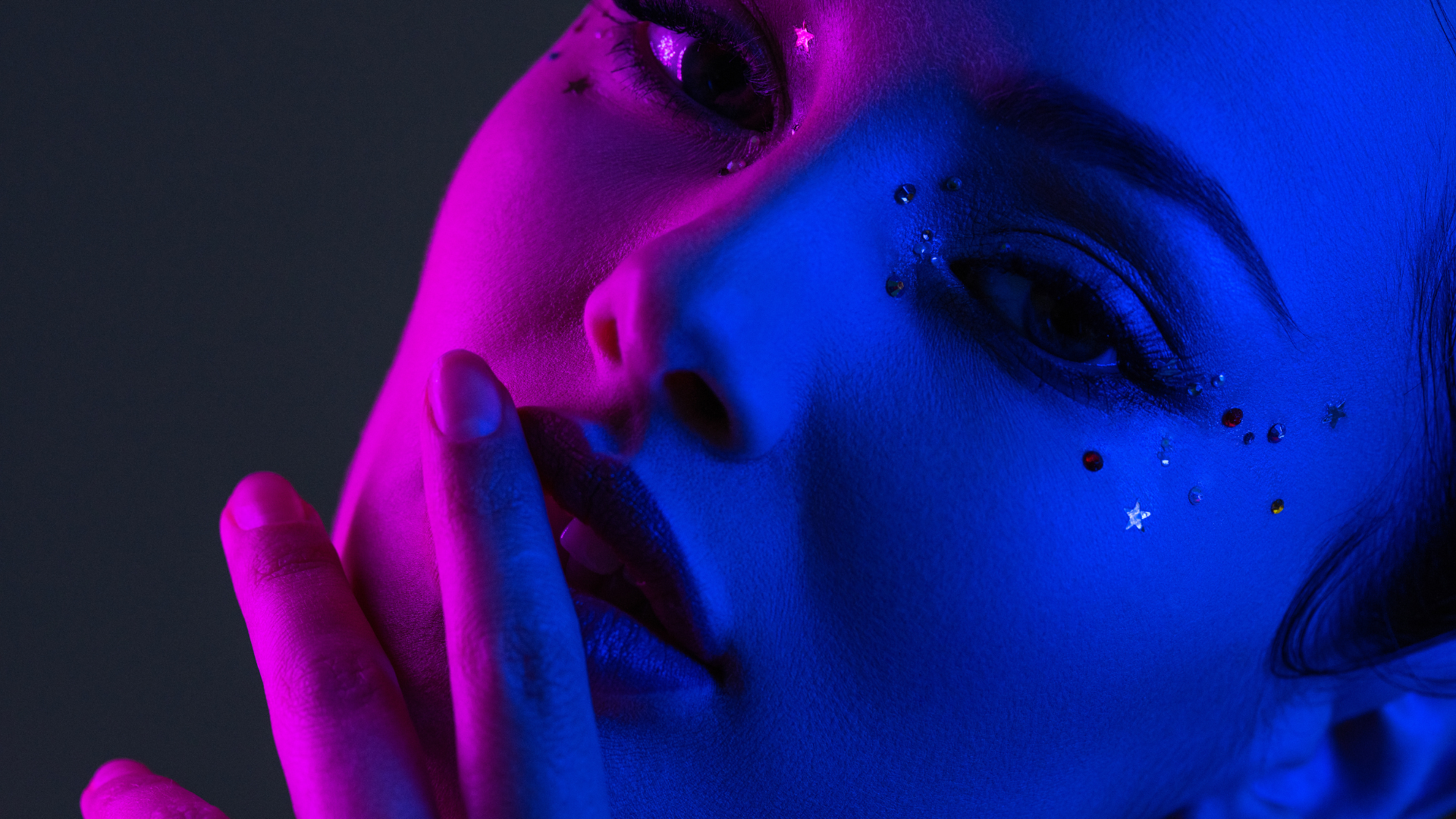
The ethics of looking well
There’s also an ethical dimension to this shift — one that challenges how we’ve historically consumed beauty.
To look healthy is to move beyond vanity and into responsibility — responsibility toward your body, your mind, and the planet. Sustainable beauty is not a marketing trend; it’s the natural evolution of empathy.
When we choose materials that heal rather than harm, when we support technologies that enhance rather than exploit, when we honor sleep as sacred instead of optional — we become participants in beauty’s rebirth.
The art of looking healthy is the art of living consciously. It’s a moral and aesthetic alignment.
It says: “I care for the system that sustains me — from my body to the Earth.”
True luxury is no longer about excess; it’s about coherence.
“The art of looking healthy is the art of living consciously.”
This shift is not about perfection, but participation. Every time you choose fabrics that breathe, products that nourish, or sleep that restores — you contribute to a more ethical aesthetic.
The emotional beauty code
Let’s not forget that beauty is also emotional — a conversation between how we feel and how we appear.
Stress hardens the face. Peace softens it.
Kindness lights the eyes in ways no product can. Gratitude redefines posture, presence, the small gestures that communicate inner abundance.
Looking healthy is not just about glowing skin or balanced hormones; it’s about emotional integrity. It’s how your nervous system expresses itself through your presence.
A healthy person has a kind of emotional fragrance — an aura that says “I am safe here, and so are you.” That’s why health, not beauty, is what truly attracts.
We are drawn to those who have cultivated peace. They remind us of who we want to become.
True beauty radiates from emotional balance. Stress hardens the face; peace softens it. Gratitude changes posture. Kindness refines energy. Joy adds luminosity no serum can replicate.
Looking healthy, therefore, is emotional work. It requires intimacy with oneself, compassion toward imperfection, and curiosity toward change.
A healthy person has an emotional fragrance — a sense of safety and warmth that draws others in. Their beauty feels familiar, trustworthy, and human.
“We are drawn to those who have cultivated peace — they remind us of who we want to become.”
This is the emotional beauty code:
Presence over polish.
Calm over chaos.
Connection over comparison.
“We are drawn to those who have cultivated peace. They remind us of who we want to become.”
Again, to witness and learn from this look at Eastern societies. There is the key. We are smart when we adapt and we are clever when we learn from others.

Becoming, not arriving
In the end, beauty is not a destination. It’s a process, a way to transformation.
It’s not a title you earn once you’ve achieved symmetry or status.
It’s a practice — the daily art of becoming.
To become beautiful is to live in rhythm with your own truth. It’s to understand that every cycle — sleep, breath, nourishment, healing — contributes to your radiance.
Health is not perfection. It’s a movement. It’s a choice. It’s resilience.
Looking healthy, then, is not superficial — it’s spiritual. It means you have chosen life, again and again, in a world that tempts you to run faster, to burn out, to forget your body.
Beauty is not something we chase anymore. It’s something we recover.
To live beautifully is to surf one’s own tide — to lean into rest, to cycle with intention, to regenerate with purpose.
Each breath, each nutrient, each act of rest — they are strokes in the canvas of your becoming.
You are not chasing beauty anymore. You are recovering it — from inside out. Beauty is movement, not stasis.
“Looking healthy is not superficial — it’s spiritual.”
Each choice — to breathe deeply, to drink water, to forgive, to rest — becomes an artistic gesture in the grand composition of your wellbeing.
You are not chasing beauty anymore. You are recovering it — from within.
Beauty is movement, not stasis.
The Final Reflection
We stand at the dawn of a new aesthetic age — one where beauty is not a performance but a presence.
The most beautiful faces of tomorrow will not be the ones that never age, but the ones that age intelligently. That rested well. That care deeply. That glow from the inside out.
To define beauty as looking healthy is to rewrite centuries of conditioning.
It’s to declare that we no longer serve appearance; we serve vitality.
And in doing so, we restore beauty to its rightful place — not on the surface, but in the soul.
We stand, now, at the cusp of an aesthetic renaissance. One where beauty is not performance, but presence. Where faces of the future will not be polished — they will be alive.
To define beauty as looking healthy is to reclaim its rightful meaning.
Not a mask. Not ideal. But harmony in motion.
Let this be our manifesto:
We are not chasing beauty anymore.
We are becoming it. Beyond.
Andreea